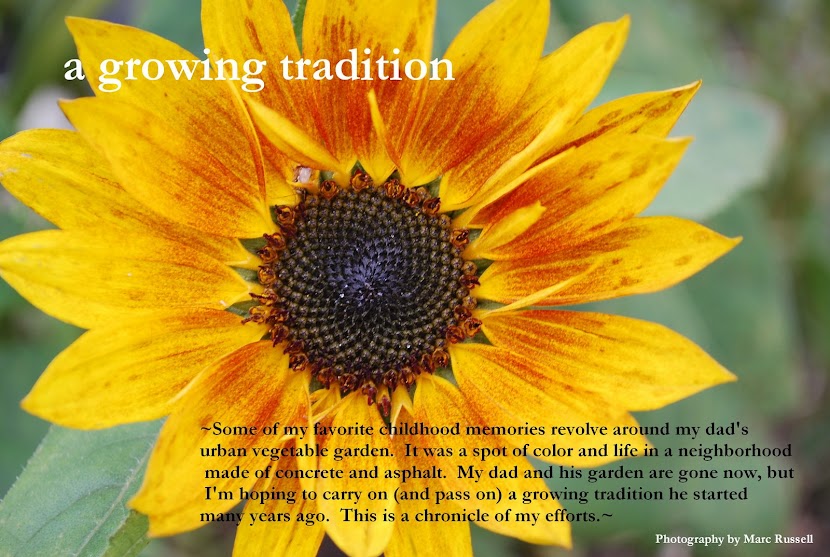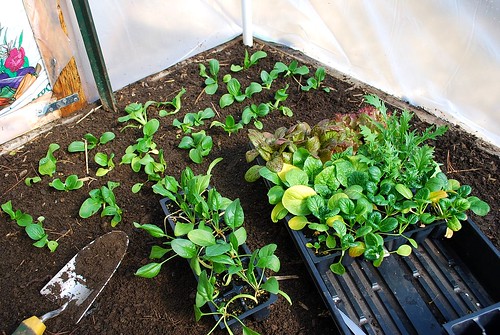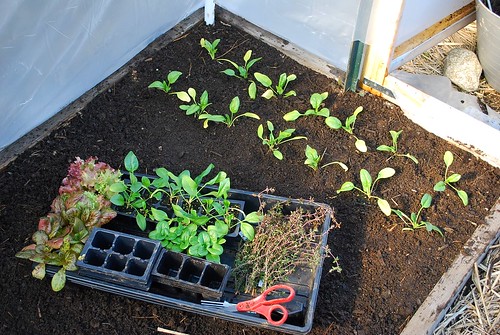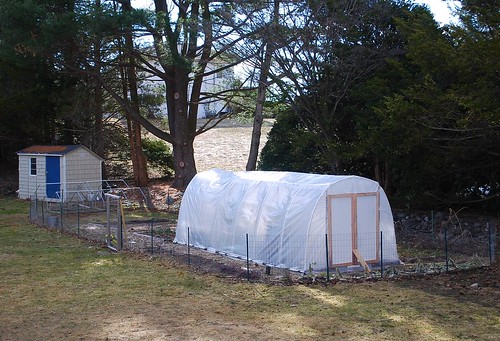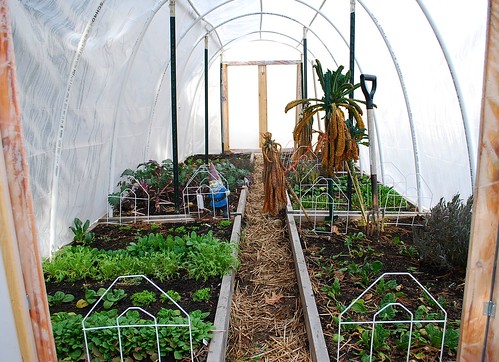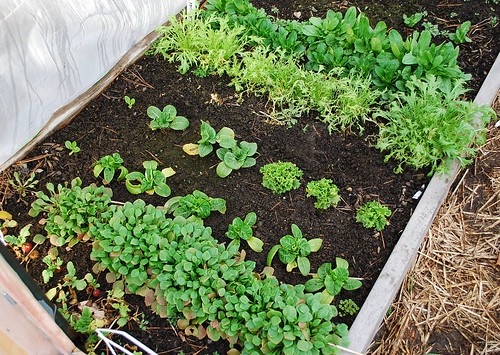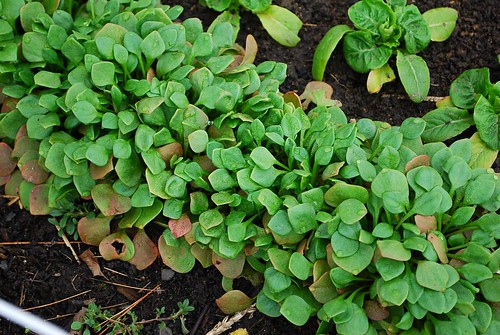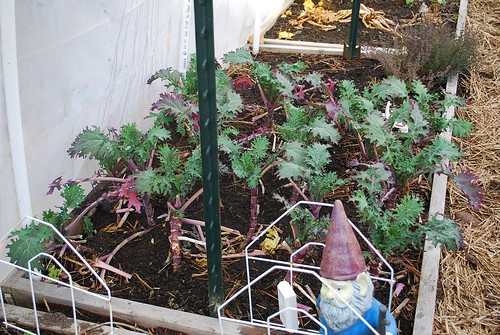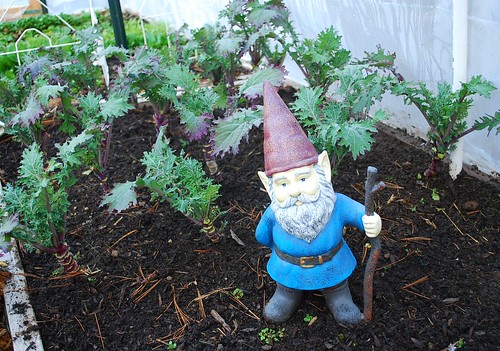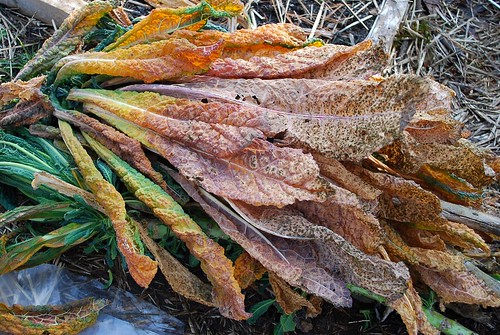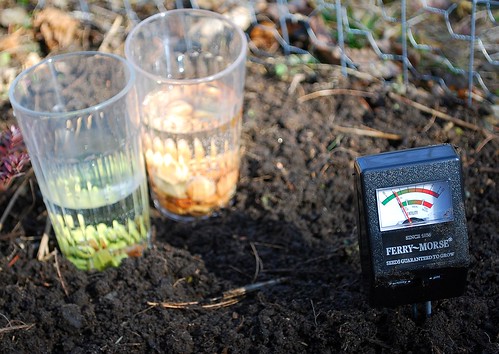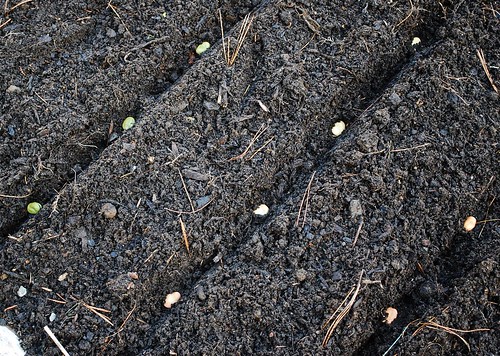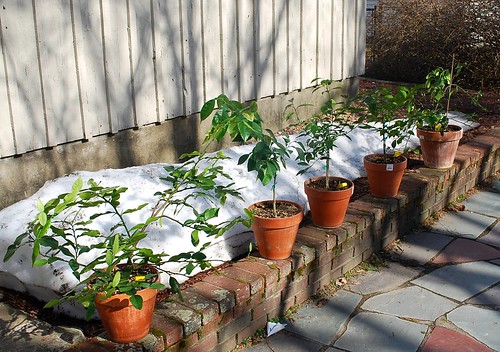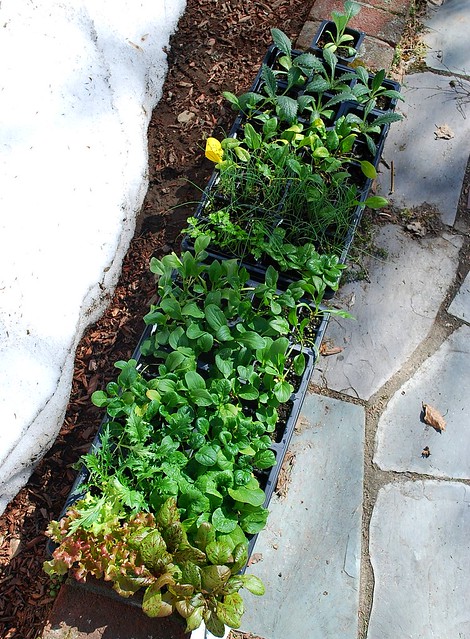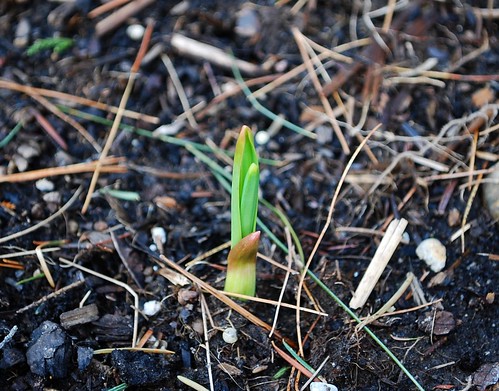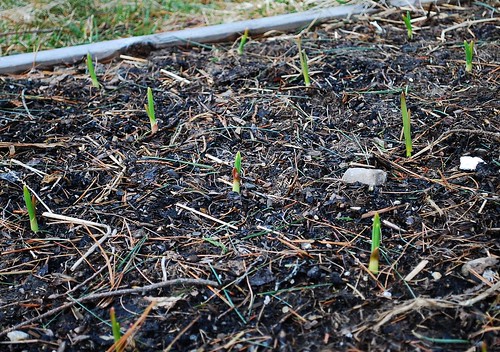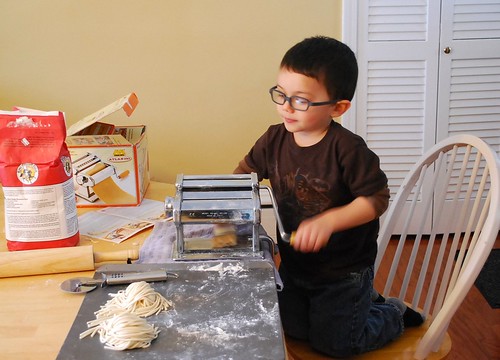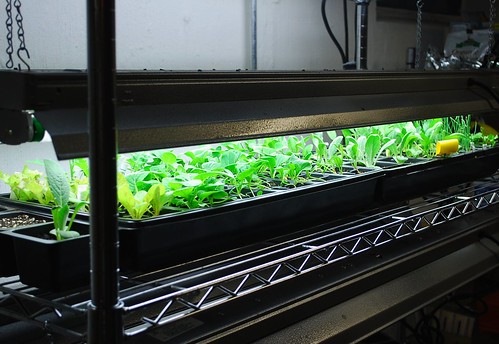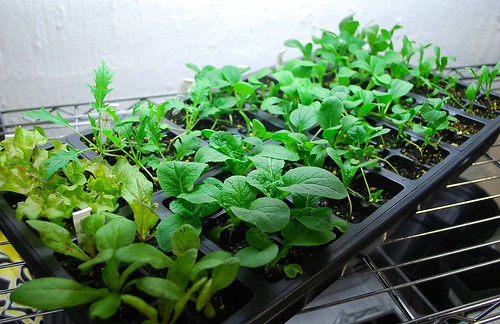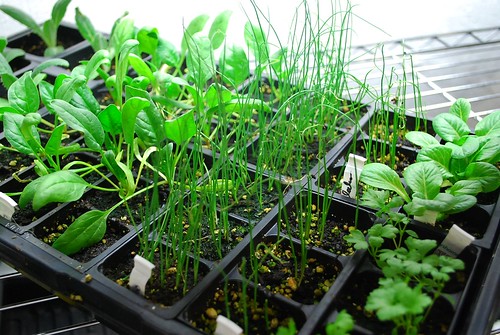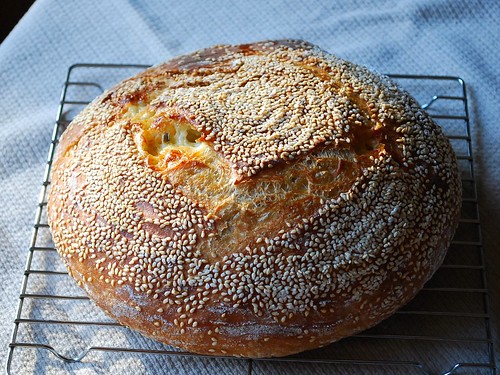
Some of you may know by now that I'm a "No Knead" bread (freak) enthusiast. For the past couple of months, we've been baking it religiously at least once or twice a week. I continue to be amazed by the awesomeness that is this bread. It's so easy to make that I don't even think about the process anymore.
You can find my slightly tweaked version of the classic recipe here. Honestly, why spend five bucks on a "fresh" loaf of bread at the supermarket when for the same price you can bake a half dozen of these beauties without even breaking a sweat.
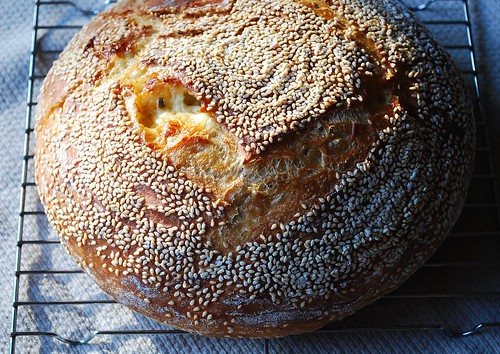
Just to keep things interesting, lately I've been folding a few extra ingredients into the basic dough just before the final rise. Shredded cheddar cheese and chopped rosemary made for a interesting combination. Cubes of pepper jack cheese and a coating of sesame seeds turned out even better (our favorite combo thus far). Pulled flat and topped with some olive oil, chopped herbs and coarse sea salt, you even end up with a passable focaccia.

My favorite part - when you slice open this warm loaf, you get all of these big pockets of melted cheese. This stuffed bread stores well in the fridge and is also excellent toasted the next day.
So what's next for this versatile dough? Chopped dried figs and roasted pumpkin seeds perhaps?
